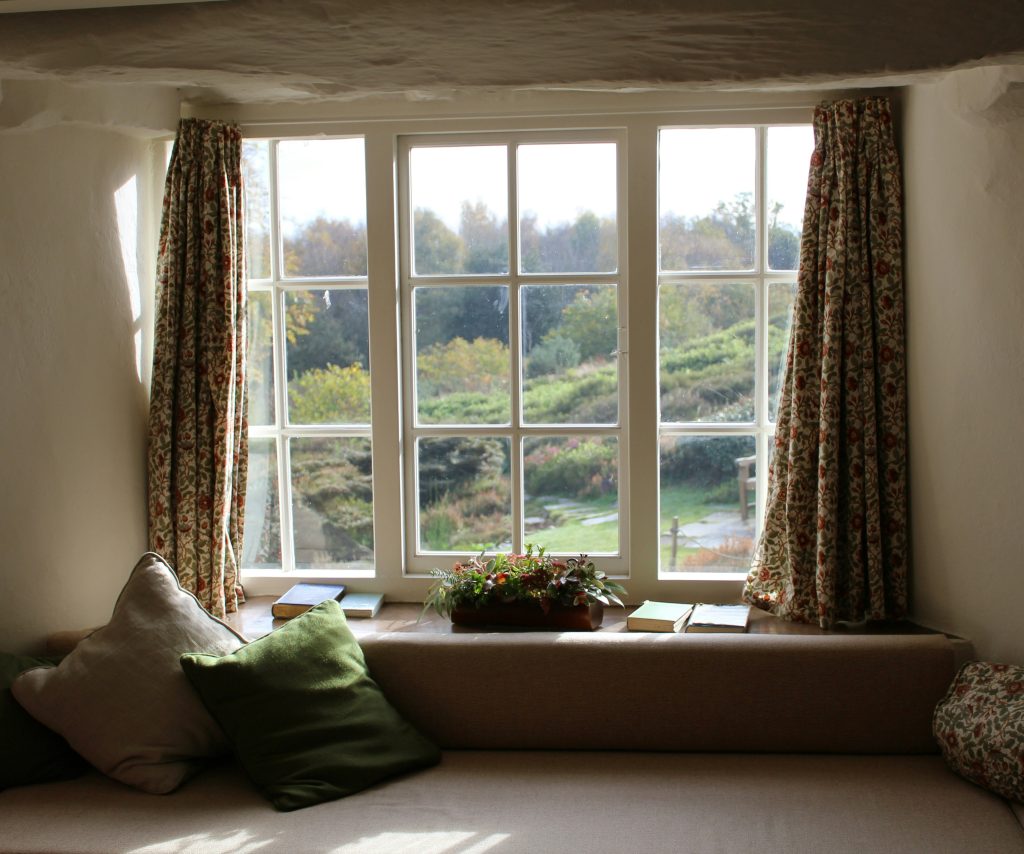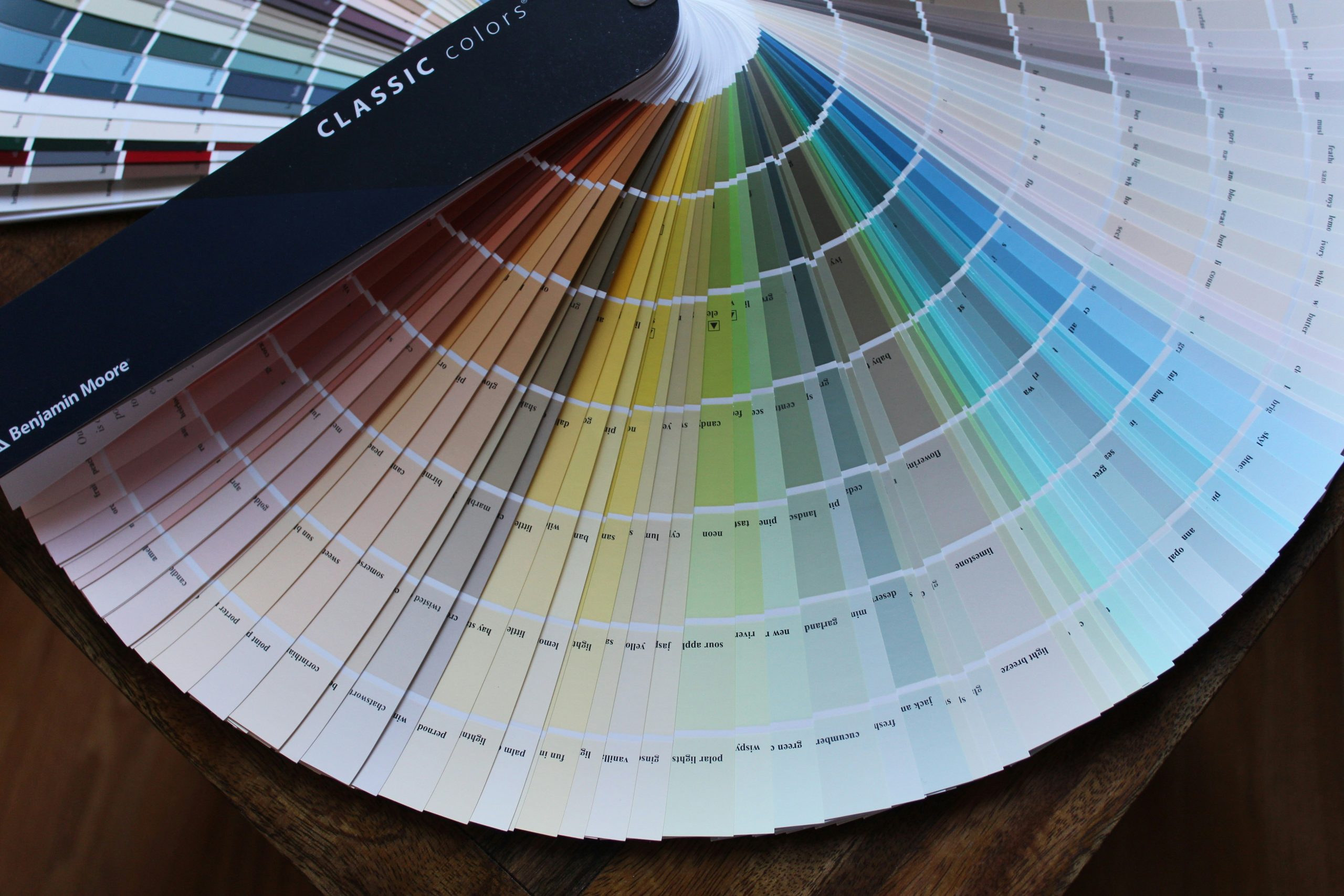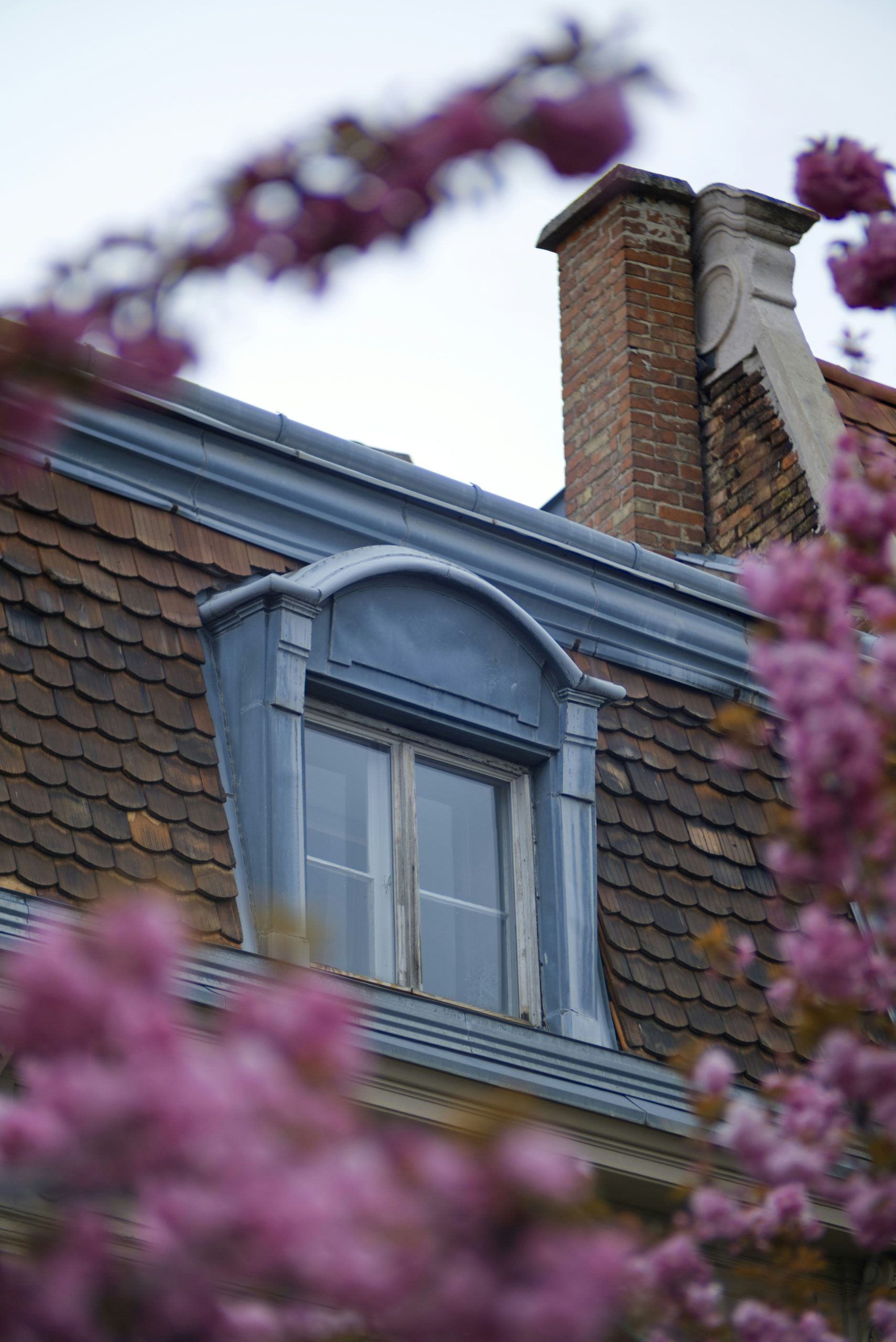Choosing the Right Replacement Windows for a Modern Home
What Are Replacement Windows?
There is something quietly transformative about new windows. More than just panes of glass, they shape the way light enters a room, how air moves through a space, and even how sound and temperature are experienced. Old, drafty frames can dull the energy of a home, while the right replacements can renew it entirely.
Photo by Rob Wingate on Unsplash
Consider a home that once felt dim and chilly despite a charming layout and stylish décor. After upgrading to modern, energy-efficient windows, the change became undeniable. Natural light filled every corner. Outside noise faded. Monthly energy bills dropped. The home not only looked refreshed, it felt warmer and more welcoming.
Choosing the right replacement windows is not only about aesthetics. It is a decision that impacts comfort, efficiency, and long-term value. With so many styles, materials, and features available, the process can feel overwhelming without a clear sense of direction. From frame materials and glass types to architectural style and climate considerations, each choice plays a role in shaping the final result.
With thoughtful planning and a bit of inspiration, selecting replacement windows becomes an opportunity to enhance both form and function. It is a way to bring in more light, reduce environmental impact, and give a home the polished, purposeful look that modern living calls for.
Why Replacement Windows Are a Smart Upgrade for Existing Homes
Replacement windows are specifically engineered to be fitted into existing window openings within your home. Unlike new construction windows, which require removing portions of the wall or siding, replacement windows are crafted to minimize disruption and maximize convenience. These solutions are a preferred way to upgrade problem-prone or outdated windows, avoiding major renovations while reaping the benefits of performance improvements.
When considering window replacement, homeowners can expect enhanced energy efficiency, reduced household drafts, quieter interiors, and an instant boost in curb appeal. Today’s market offers various options to match existing décor or pursue a more contemporary look, all without sacrificing convenience or comfort. Many older homes still have original windows that may lack insulation or have worn frames and glass. These issues create uncomfortable living areas and increase heating and cooling costs.
Replacement windows are designed to slide seamlessly into these existing spaces, using innovative frame designs and modern materials. With the proper selection, homeowners can achieve a snug, custom fit that maximizes the advantages of new technology. Upgrading this way leads to tangible returns: better thermal regulation, protection from the elements, and increased property value come with professionally chosen and installed windows.
Top Window Materials to Consider
The choice of material impacts much more than aesthetics; it determines how much time you’ll spend on upkeep, the overall longevity of your windows, and their resistance to weathering. For many, vinyl remains the top pick due to its budget-friendly pricing, excellent moisture resistance, and almost maintenance-free nature.
It is well suited to busy homeowners looking for dependable, attractive solutions. Wood frames, however, provide unmatched character and warmth, especially in period homes, but need routine painting or sealing to guard against moisture and insects.
- Vinyl: Besides being affordable, vinyl windows resist peeling, fading, and corrosion and are available in various colors, though they may have fewer custom options than wood or fiberglass.
- Wood: Sought after for their traditional aesthetic, wood window frames can be finished to suit any style. However, they require periodic maintenance and are less ideal for environments with high humidity or rainfall.
- Fiberglass: These windows mimic the look and feel of painted wood, offering a strong, long-lasting frame that does not expand or contract with temperature changes as much as other materials.
- Aluminum: Slim, sturdy, sleek aluminum suits modern or industrial aesthetics but transfers heat more easily unless equipped with a thermal break, which may affect overall efficiency.
- Composite: Composites are gaining traction. They combine materials for maximum strength, minimal care, and a range of finish options.
Aside from personal taste, when choosing a window frame material, you should consider the local climate, sun exposure, and whether you want to paint windows in the future. Each material has unique features and trade-offs that warrant a close look before deciding.
Popular Window Styles for Modern Homes
The style of window you select can transform both the visual appearance and functionality of your home’s living spaces. Today, window replacements come in a stunning range of profiles, each with benefits. Double-hung windows, for instance, offer excellent ease of ventilation and accessibility because both top and bottom panes move.
Casement windows, hinged on the side and opened by turning a crank, create an airtight seal when closed, making them highly energy efficient and ideal for hard-to-reach places such as above the kitchen sink.
- Double-hung: This is great for bedrooms or common areas. It is easy to clean and allows airflow from either the top or bottom sash.
- Casement: Provide superior airtightness and unobstructed views, plus they’re easy to operate.
- Sliding: Best for areas with a wide opening without consuming outdoor space, such as patios or basements.
- Picture Windows: Non-operable but perfect for highlighting beautiful outdoor vistas and filling a room with natural light.
- Bay and Bow: These designs extend outward and create cozy reading nooks or extra floor space while adding dimension to your exterior walls.
When choosing styles, weigh the benefits of ventilation, the light you want to invite indoors, and cleaning requirements. Double-hung or sliding models may fit best if you want a window that opens easily for fresh air; if you want to showcase a view or brighten dim spaces, consider large fixed or bay windows.
Energy Efficiency and Window Technology
Energy loss through inefficient windows is a major contributor to high utility bills. Innovative glass technologies and improved sealing systems enable homeowners to save money while maintaining home comfort year-round.
Features like double and triple glazing filled with insulating gases (argon or krypton) and low-emissivity (Low-E) coatings make modern windows vastly superior to their predecessors. Such technologies slow heat transfer, keeping your home warmer in winter and cooler during summer.
- The multi-pane glass increases both insulation and soundproofing.
- Gas fills prevent heat transfer, reducing energy waste.
- Low-E coatings reflect infrared light, maintaining comfortable indoor temperatures.
- ENERGY STAR® labels signal compliance with strict energy guidelines.
According to the U.S. Department of Energy, upgrading to energy-efficient windows can lower bills by up to 25%. Beyond the immediate monthly savings, efficient windows help reduce your family’s overall environmental impact and can qualify for tax credits in some regions.
How to Prepare for Window Replacement
- Walk through your home and check each window for drafts, foggy glass, deterioration, or trouble opening and closing. Jot down your observations to prioritize needs.
- Draft a clear budget that includes both the purchase of windows and the cost of skilled installation. Allocate some funds for potential unforeseen repairs that may arise during the removal of old units.
- Measure each window carefully—height, width, and depth—or have a professional assess the openings to ensure new windows are accurately sized for a proper fit, which is crucial for efficiency.
- Assess the pros and cons of different window materials, considering your willingness to perform ongoing maintenance, the local climate, and how sun exposure affects certain rooms.
- Research window efficiency ratings and features. Prioritize those that will save the most energy without sacrificing style or natural light.
- Reach out to a licensed installer. Ask questions about installation procedures, timelines, warranty coverage, and post-installation support so you’re ready and informed when the project begins.
Laying this groundwork ensures that the replacement process moves smoothly from planning to completion, minimizing headaches and giving peace of mind.
The Importance of Professional Installation
Even if you purchase higher-end or energy-efficient windows, improper installation can lead to water damage, persistent drafts, and decreased lifespan for your new investments. Professional installers bring the expertise and attention to detail to guarantee a snug, weatherproof fit. They’ll also address any structural surprises that arise when the existing windows are removed, such as rotten framing or mold. Good installers stand by their artistry and can often improve completion speed compared to a DIY project. For many property owners, this extra investment brings peace of mind and saves trouble in the long run.
Maintenance Tips for Long-Lasting Performance
- Wipe down the window frames and glass regularly with a soft, damp cloth and mild detergent. This helps prevent dirt buildup and protects finishes from scratching and clouding.
- Every year, inspect caulking and weatherstripping for cracks, peeling, or gaps. Reapply or replace as needed—well-maintained seals ensure efficiency and stop drafts.
- Lubricate moving parts—like hinges, tracks, and locks—for operable windows to prevent sticking and hardware damage. Use a silicone-based spray or a manufacturer-recommended lubricant.
- If you notice fogging between panes or persistent condensation, act quickly; these symptoms suggest seal failure or water intrusion, which, if ignored, can lead to structural damage.
- Follow any care instructions the window manufacturer includes, especially regarding special finishes or unique operating mechanisms. Storing this documentation makes it easy to find solutions if issues arise in the future.
These simple but regular steps can help preserve your windows’ look and performance, ultimately avoiding premature repairs or replacements.
Is Window Replacement Worth It?
For many homeowners, replacing old, inefficient windows is one of the most innovative home improvements they’ll make. New windows modernize the look of your living space and can also create a noticeable drop in heating and cooling costs, particularly when combined with energy-efficient practices elsewhere.
Real estate agents routinely highlight updated windows as a selling point; buyers frequently recognize them as a sign of proper maintenance and a future expense reduction. Industry research shows that the right window replacement pays for itself over time and offers comfort and style upgrades that you’ll enjoy every day.
Framing a Better Future for Your Home
Choosing the right replacement windows is more than a design decision. It is an investment in comfort, efficiency, and long-term value. With options tailored to fit existing frames, the process becomes both accessible and rewarding. Homeowners can enjoy improved insulation, reduced energy costs, and an overall fresher look without undergoing extensive construction.
Modern replacement windows are designed to meet the demands of today’s lifestyles. Whether the goal is to block out noise, retain indoor temperatures, or let in more light, there is a window solution that aligns with those needs. The right selection complements the home’s architecture while enhancing its day-to-day function. As homes evolve, the small details often bring the greatest transformation.
Upgrading windows brings more than visual appeal. It introduces a sense of renewal. Each room becomes brighter, quieter, and more efficient. With proper installation and thoughtful choices, this upgrade can elevate both quality of life and property value. For those ready to make a meaningful change, the path to a modern, more comfortable home may start with a single pane of glass.






